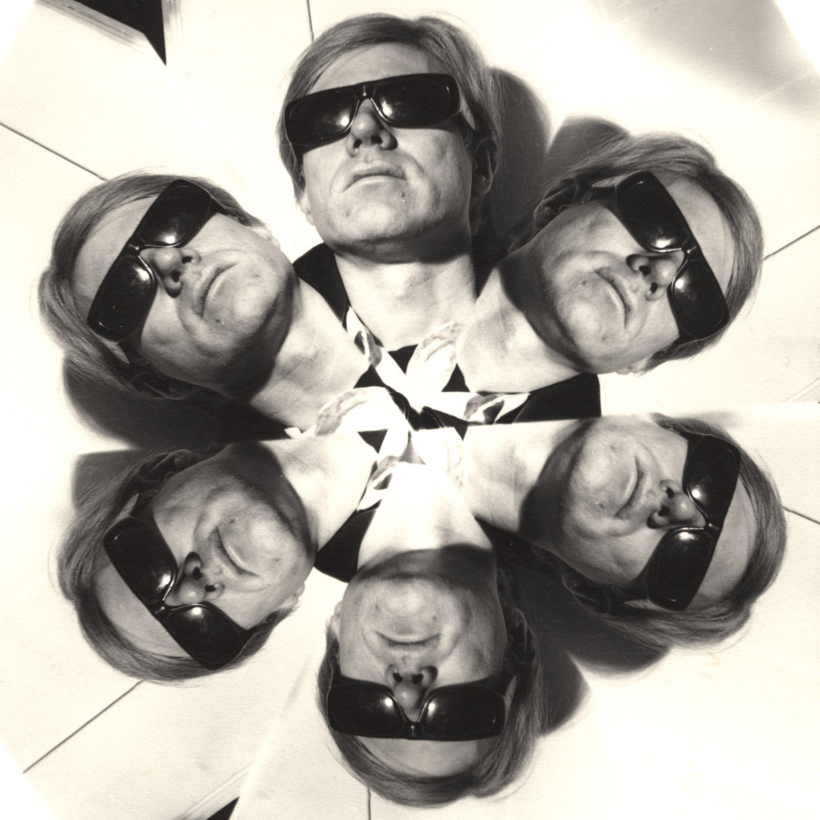When I first became tangled up in the issue of Joe Simon and Red Self-Portrait, the Andy Warhol silkscreen he owns, it wasn’t because the Andy Warhol Art Authentication Board denied the painting’s authenticity. What provoked me to act was their refusal to reveal the reasoning behind the decision.
The owners of another Red Self-Portrait in Warhol’s series received a letter from a member of the board that read, in its entirety, “It is the opinion of the Authentication Board that the said work is NOT the work of Andy Warhol, but the said work was signed, dedicated, and dated by him.” Call me a stickler for detail, but I genuinely wanted to know how this was possible.
The board seemed to grant itself carte blanche to delete anything in Warhol’s body of work, without explanation. It was attribution by decree. Owners of multi-million-dollar paintings were simply informed that their property was now worthless, and they were obliged to take the board’s decisions. Though welcome to ask why, they’d never receive an answer.
After I first wrote about this in 2009, for The New York Review of Books, I had no more to say. That might have been a good time for the Andy Warhol Foundation to put a lid on the matter because, in general, if you say nothing, your critics have nothing to write about. If they were itching to reply, they might have confronted the controversy with a polite letter thanking me for my thoughts, expressing perfect faith in the Authentication Board, and assuring all interested parties that the reasons for its verdict would be revealed in the future.
What the Warhol Foundation did not seem to grasp is that I’d written about an esoteric dispute on a rarefied subject published in a highbrow paper with a tiny circulation. The whole kerfuffle would have been forgotten in a month. Instead, the foundation’s president did the one thing a person with an ounce of self-preservation should never do, even under the severest provocation: he wrote a tirade denouncing me and the article to my editor, Bob Silvers, and followed it up with a personal visit to Silvers’s office to denounce me again.
That put my plan to withdraw from the fray on hold. Now I had no choice but to write a second article, in which I added many more details about the case. Two supportive letters came in from people who’d had encounters with the board. If, by chance, you have anything to hide (and the Warhol Foundation certainly did), don’t let these types of controversies run on for too long.
Long before I thought of publishing anything about Simon’s Red Self-Portrait, I had written to the board offering to help resolve the issue. Re-reading the letter, I’m mortified. It is couched in the formal language an art historian might have used to point out a small error in a footnote in The Burlington Magazine in the late 1950s. It’s as though I wrote it while wearing a pince-nez. I meant well, but, boy, did I not have a clue whom I was dealing with.

Richard Dorment is an art historian, scholar, exhibition curator, and the former chief art critic at The Daily Telegraph. His book Warhol After Warhol: Secrets, Lies & Corruption in the Art World is out now from Pegasus


